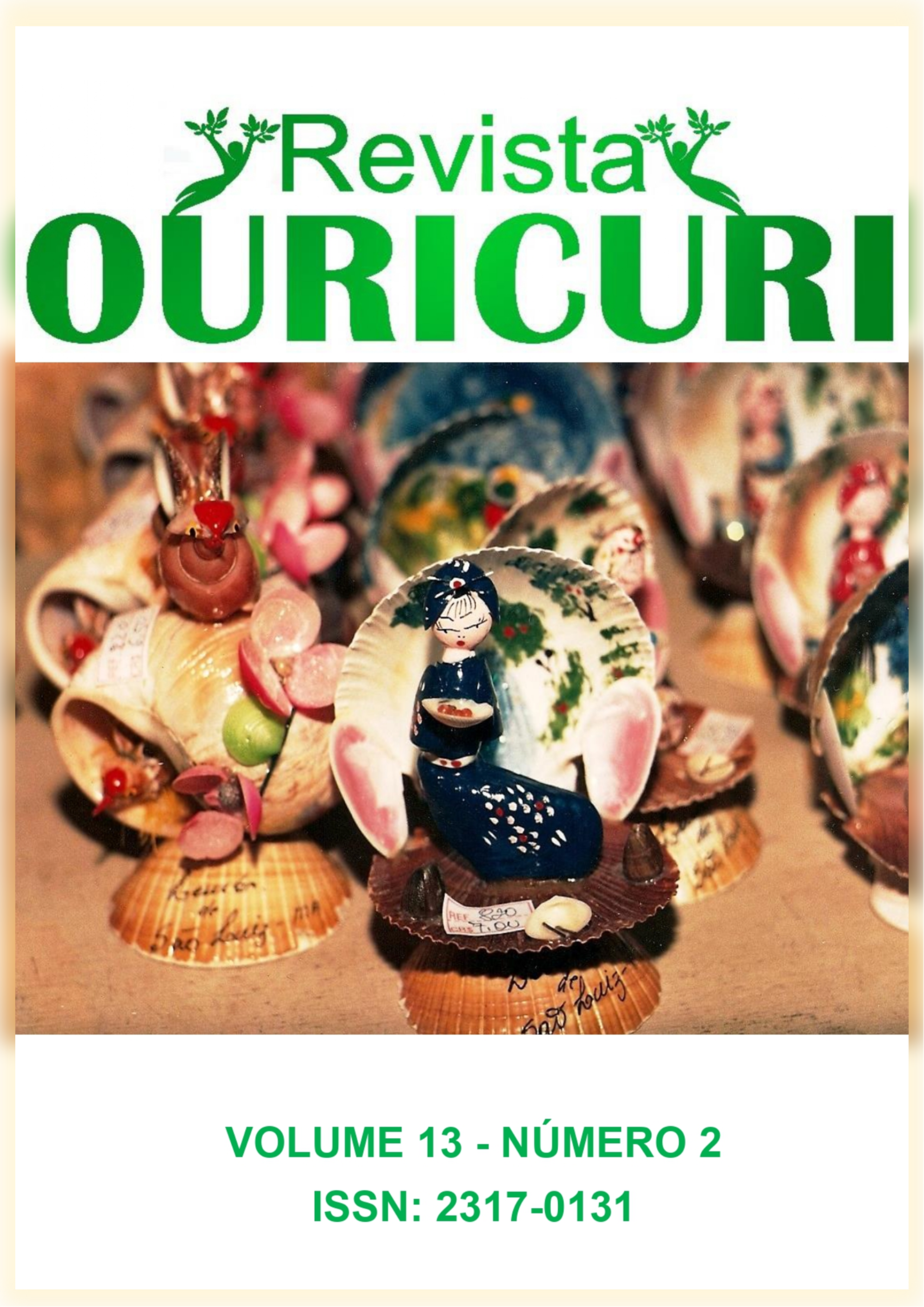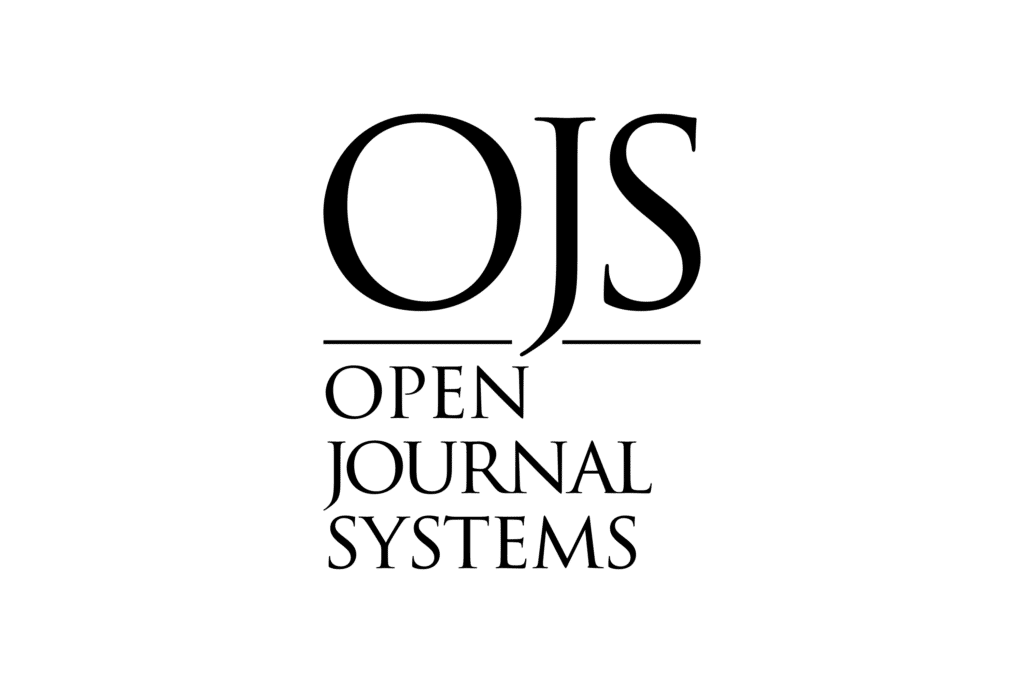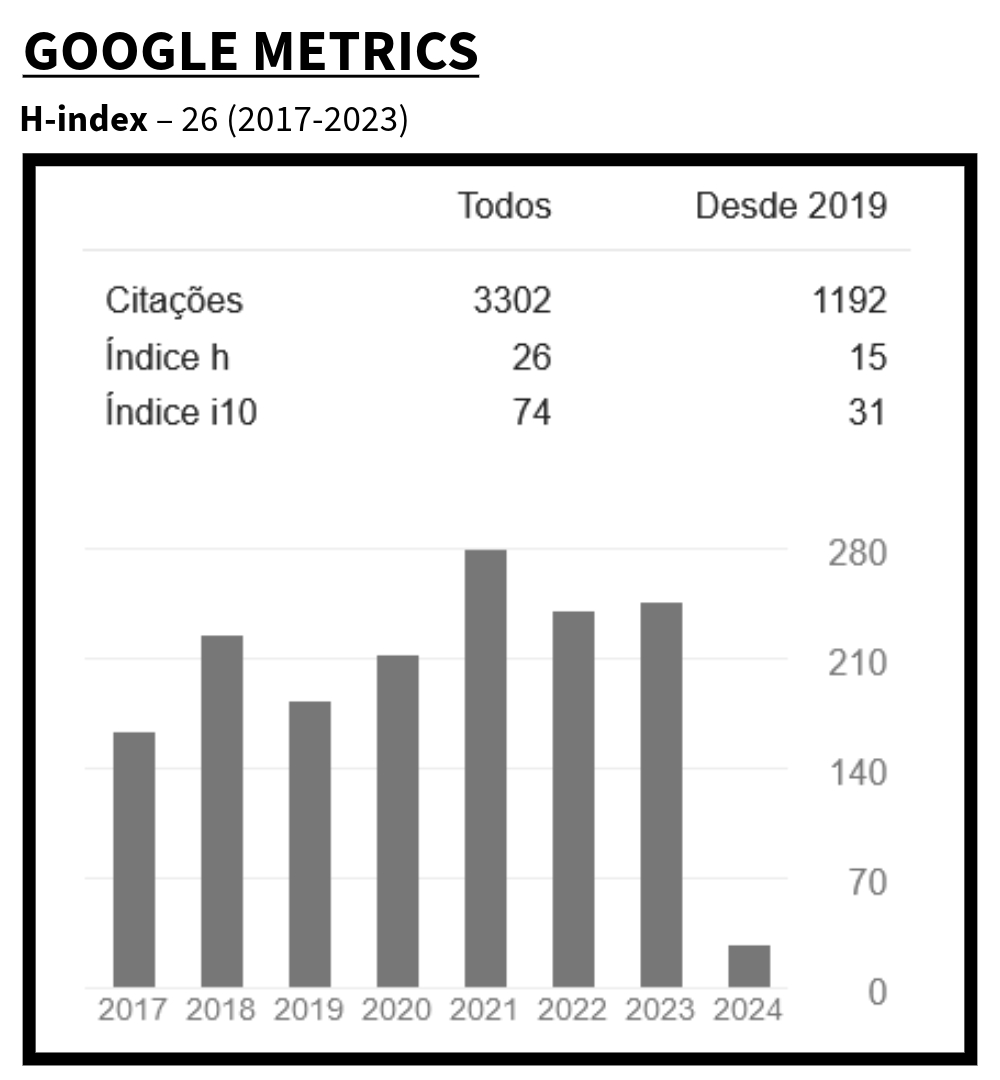ORAL TRADITION OF POPULAR PRAYERS AND THE SYMBOLOGY OF LINGUISTIC AND PERFORMATIC ELEMENTS
DOI:
https://doi.org/10.59360/ouricuri.vol13.i2.a18203Keywords:
Práticas culturais; rezadeiras; oralidade.Abstract
This article aims to analyze the function of orality mechanisms in the sociocultural practices of prayer women, given the prevalence of this type of language in the performance, preservation and dissemination of healing rituals. The corpus consists of the video entitled “Benzedeiras”, by Sílvia Batista Godinho, shown on the Sala de Notícias program on Canal Futura. As for the methodology, this work is characterized by the use of a qualitative approach, using bibliographic and documentary research as procedures for data collection. The results reveal that, although the existence of a secondary orality is recognized, the prayers analyzed expose the prevalence of resources specific to the oral modality, such as short statements, in informal language, repetitions of words and, mainly, the interlocutor present in the communication situation and the definition of factors such as time and place, and these aforementioned elements were managed with a view to safeguarding the memory and identities of the popular classes. It was also possible to observe that the intervention of components of the discursive situation, such as the consulting subject and the defined historical-social context of production, determined the choice of the genre of speech used, the blessing, and the subsidiary means of expression used in it. It is concluded that linguistic and performative elements, used in the healers' prayers, materialize the resistant force of oral tradition, which goes beyond cultures and generations.
Downloads
References
Canal Futura. Benzedeiras. Disponível em: https://www.youtube.com/watch?v=7fSJ6yp8bHU. Acesso em: 08 out. 2015.
Calvet, L. J. Tradição oral e tradição escrita. São Paulo: Parábola Editorial, 2011.
Gomes, R. de F. M. Vozes no silêncio: um estudo sobre identidade e memória de Quilombo na perspectiva do letramento (Sítio Boa Vista – Afrânio/PE), Bahia, Brasil. 150 f. Dissertação (Mestrado em Educação, Cultura e Territórios Semiáridos) – Universidade do Estado da Bahia, Juazeiro. 2017.
Câmara, Y. R. Das bruxas, saludadoras, santeiras, cuspideiras e meigas europeias às atuais rezadeiras tradicionais brasileiras. Caminhos, Goiânia, v. 18, n. 2, 502-514, 2020. Disponível em: https://doi.org/10.18224/cam.v18i2.8074. Acesso em: 20 jul.2023.
Câmara, Y. R.; Sanz-Mingo, C.; Câmara, Y. M. R. Das bruxas medievais às benzedeiras atuais: a oralidade como manutenção da memória na arte de curar – uma pesquisa exploratória. Boitatá, Londrina, v. 11, n. 22, p. 221-236, 2016. Disponível em: https://doi.org/10.5433/boitata.2016v11.e31288. Acesso em: 20 jul.2023.
Câmara, Y. R.; Fialho, L. M. O papel sanitário das rezadeiras brasileiras outrora e agora: ressignificações e continuidades. ECCOS Revista Científica, São Paulo, n. 59, p. 1-19, 2021. Disponível em: https://doi.org/10.5585/eccos.n59.14185. Acesso em: 20 jul.2023.
Cunha, C. G. A prática da benzedeira: memória e tradição oral em terras mineiras. 169 f. Dissertação (Mestrado em Letras) – Universidade Federal de Ouro Preto, Mariana. 2018.
Nascimento, A. do. O Quilombismo. 2. Ed. Brasília/Rio de Janeiro: Fundação Palmares/OR Editor Produtor, 2002.
Nascimento, D. G. Tradições discursivas orais: mudanças e permanências nas rezas de cura e benzeduras populares da região de Itabaiana. 157 f. Dissertação (Mestrado em Linguística e Ensino) – Universidade Federal da Paraíba, João Pessoa. 2010.
Vanoye, F. Usos da linguagem: problemas e técnicas na produção oral e escrita. 14. ed. São Paulo: Martins Fontes, 2018.
Vasconcelos, J. L. de. Cancioneiro popular português, 1975
Downloads
Published
How to Cite
Issue
Section
License
Authors who publish in this journal agree to the following terms:
a) Authors maintain copyright and grant the magazine the right of first publication, with the work simultaneously licensed under the Creative Commons Attribution License which allows sharing of the work with recognition of authorship and initial publication in this magazine.
b) Authors are authorized to enter into additional contracts separately, for non-exclusive distribution of the version of the work published in this journal (e.g., publishing in an institutional repository or as a book chapter), with recognition of authorship and initial publication in this journal.
c) Authors are allowed and encouraged to publish and distribute their work online (e.g. in institutional repositories or on their personal page) as this can increase the impact and citation of the published work (See The Effect of Open Access).













 B1 (2017-2020)
B1 (2017-2020)



















